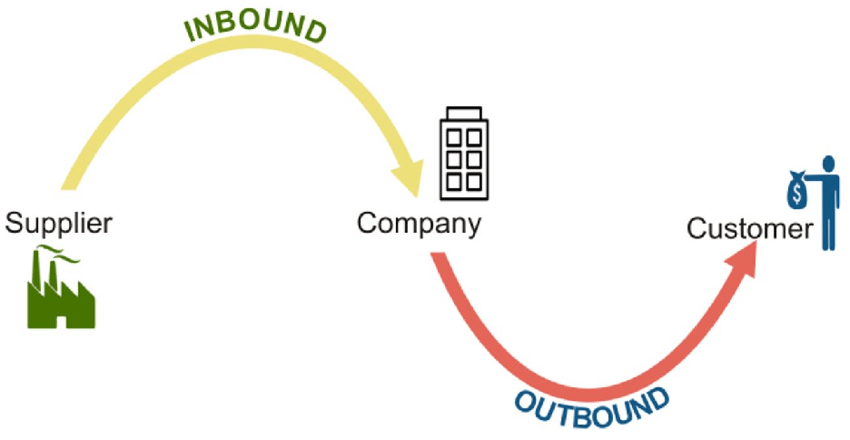Understanding Outbound Logistics With Examples
Logistics relates to the management of the flow of goods, and outbound logistics focuses on storing and transporting the final product. Essentially, it has to do with what happens to a product from the end of the production line until it reaches the customer. For effective logistics to occur, proper maintenance of inventory levels is crucial, the correct distribution channels should be selected and optimization of delivery is a must. There are several moving parts and they must all run smoothly for effective logistics to be achieved.
What is Outbound Logistics?
Outbound logistics is the process by which goods are stored, transported and distributed to customers. The process begins with a customer placing a sales order, then inventory check and warehouse picking and packing, and then move on to the product being picked up and delivered. When the order is prepared to be sent out for delivery, it is picked up by a carrier. The shipper sends the client a bill for the service rendered. Outbound logistics is used by many companies to deliver products to customers. Some businesses may have many distribution centers in their network, and technology and optimization are key elements in the process.
Why Outbound Logistics Matter
A very important factor in the process is the optimization of shipping and delivery. Retailers demand very strict product delivery standards. Failure to comply can result in financial penalties and even the elimination of a certain product from the retailer’s shelves.
Outbound logistics becomes a major component in getting the product to a retailer and whether or not that retailer will continue that relationship with the supplier. The same is true if the end-user is a private customer. The customer simply will not purchase from the manufacturer again. In today’s market where fast shipping is king, this is even more of the case.
Examples of Outbound Logistics
Many people do online shopping where they place orders for products offered by a particular company. Let’s take for instance you place an order on Walmart’s website for a stereo; When Walmart receives your order, it will check to see if the product is in stock, and if available, the warehouse is alerted to prepare the stereo for shipping.
Depending on your chosen shipping method, your stereo could be handled multiple times from the moment it was processed for shipping to transportation to actual delivery. It’s possible for your stereo to have been on a few different trucks during the transportation stage, from the company’s truck in the initial stage to the final phase of the delivery being completed by USPS, for example. It may even be that the transportation of the product requires international shipping services.
Another example of outbound logistics is an auto manufacturer supply chain where the wholesalers and dealers are the main players. Inventory maintenance would be the responsibility of those involved in the factory operations, who would be tasked with ensuring that the correct level of ordered inventory makes it to the auto dealer when required.
Outbound logistics can be seen as downstream operations that pertain to the tasks and activities involved with the movement of the product, which in this instance is the stereo, to the customer. The players in outbound logistics tend to be the last ones involved in the supply chain and can be responsible for storage, transportation and even shipping and handling of manufactured products to ensure delivery to the end-user or customer.
If you want to learn more about the outbound logistics process a logistics service provider can help you to understand the process much better. Contact the experts at HLOG today and we can help you with your logistic needs.




